Stories y Deseos
Pia Cruzalegui - Janice Marin
Chicago
10.11.2024 - 12.06.2024
In Jorge Luis Borges’s classic Magical Realist short story “The Aleph”, Borges explores a realm in which there is one precise site on the earth where all locations might be seen from every angle. In imagined kaleidoscopic cacophony, an amalgamation of spheres comes crashing together and explodes, fracturing the logic of the world as we know it. Powerfully, in this vision, “all language is a set of symbols whose use among its speakers assumes a shared past”.
What might it mean to visually portray the duality of a past both imagined and lived, at once individual and collective? Moreover, how might we achieve this in a bilingual world? Welcome to Pia Cruzalegui and Janice Marin’s Stories y Deseos, a veritable visual and audial feast of highly nuanced renderings in the form of oil paintings, mixed-media, and digital installations. Drawing from a deep well of seemingly boundless, childlike imagination paired with the seasoned reserve of lived experience, Cruzalegui and Marin entice the viewer with textured nuance to drill down into the question of what it means to belong. Through multilayered visions and blended media, both artists harness the spirit of collage to simultaneously unbury and obfuscate the known and unknown: family histories, memory, and mythology playfully dance together in an exploration of cultural hybridity, both figurative and abstract, through the lens of Magical Realism.
One entry point into their deceptively simple storytelling lies in the exhibition’s title, which embraces Spanglish and the artists’ shared experiences of growing up in Spanish-speaking homes in an English-speaking world. Translating roughly as Stories and Desire, a more complex teasing out of Stories y Deseos alludes to a notion or a wish for protection, and the almost fantastical desire to acquire. Swirling with recollections both revealing and secretive, Cruzalegui and Marin’s works offer an array of responses to making sense of the world around us, which revel in the persistence of family, origin, and connection, as well as the search for the unknown.
Janice Marin’s intimate paintings are visual journal entries, which are often seen through the lens an adult making sense of the logic of childhood memory. Depicting worlds within worlds, the panels often have a painted boarder serving as a motif to literally frame one interior space depicted within another outer reality. Color “keys” on the upper lefthand legend annotate the order and specificity of the mixed palette, which are each notably idiosyncratically named for the events, places, and things that they recollect and illustrate (e.g. Mill’s Park Green, 1990s Kitchen Cabinet, and My Matisse Orange). Nono’s Garden (2023, oil on panel, 8” x 10”) invites us into the undulating vibration of her grandmother’s sanctuary, which is ringed by a contrasting decorative landscape laden under a disappearing horizon. República (2024, oil on panel, 8” x 10”) portrays a seemingly infinite line of soldiers dressed in blue marching into the Argentinian flag, the vision her childhood self conjured when it was explained to her that her father was being called to serve in the Falkland War around the time her family immigrated to Canada. Interior domestic spaces and exterior places vie for attention in these works, a call and response of memories plucked from moments in time, exposed and protected, nestled, and stacked within each other like nesting dolls, each distinct in their own reality, devoid of figures yet saturated with Marin’s familial personalities. In another series of works on panel, large orbs strain under atmospheric worrying and a deft articulation of the media, breaking out of flat planes riddled with kinetic energy, anxiety, and strength.
Time is tangible in this exhibition. Exploring her personal history of growing up in Peru through dreamlike installations. Pia Cruzalegui’s works offer a different flavor of mythological immersion, drawing deeply on the fabrics of the natural and built worlds. Both land and sea serve as metaphorical vehicles for her origin stories. In Y donde stan los olivos (2024, photos on aluminum, site specific installation), a series of 15 intimate 11” x 17” prints offer close-up portraits of the bark of individual trees in one singular olive grove. Their personalities: raw, their skins: worn, the weathered barriers of these figures betray the fragility of protection, resembling fissures in human skin. The trees depicted betray the vulnerability of agedness, while remaining obstinately hung in a grid of endurance. From land we are taken to the sea in the imagery of Mar Detenido (2024, mixed media). Cruzalegui’s childhood home of Lima was wrapped with the dense fog of the ocean air and filled her imagination with the ominous, dark blackness of the water. Physically wrapped, sculptural black bundles, neither funerary nor buoyant, float suspended on the wall, detained. Also depicting the sea is her tableau Palo Santo, Garua, Romeria (2004, mixed media and video), in which a tryptic of royal purple, window-sized panels embody a reliquary from the past while serving a portal to into the present. Blending symbolism from a well-known festival of religious devotion with video footage shot during dusk on the southern Spanish coast, and produced along the Chicago lakeshore, the video tucked into the panels depicts the methodical pilgrimage of feet at a water’s edge. Sand crumples in eddies of tide, water pooling around the figures’ ankles. The washing of feet, an absolution of sin, and the movement marked by footprints soon lost to the shifting of the sea, all tie-in with the personal and cultural symbolism surrounding Cruzalegui’s grandmother’s faith, her strength, and the mantle she wore when marking this event every year. In each of these works, life passes with indeterminable certainty, hidden just beneath the surface.
Borges main character in “The Aleph,” when confronted with the multidimensional vision of his own blended, shattered world, was devastated when he “saw all the mirrors on earth and none reflected me”. In the here and now, with all that serves to separate, distinguish, and divide, to fabricate and to fracture, Pia Cruzalegui and Janice Marin’s works assert an argument for the intimacy that comes from melded mythmaking and active unknowing. Their works persist through narratives that celebrate the complexity that makes up seemingly mismatched dualities. Familiar and alien, comforting and ominous, in their works, we find ourselves in multilayered, hybrid narratives that straddle past and present futures through the firm visualization of a collective presence.
- Madeleine Yvette Primavera.

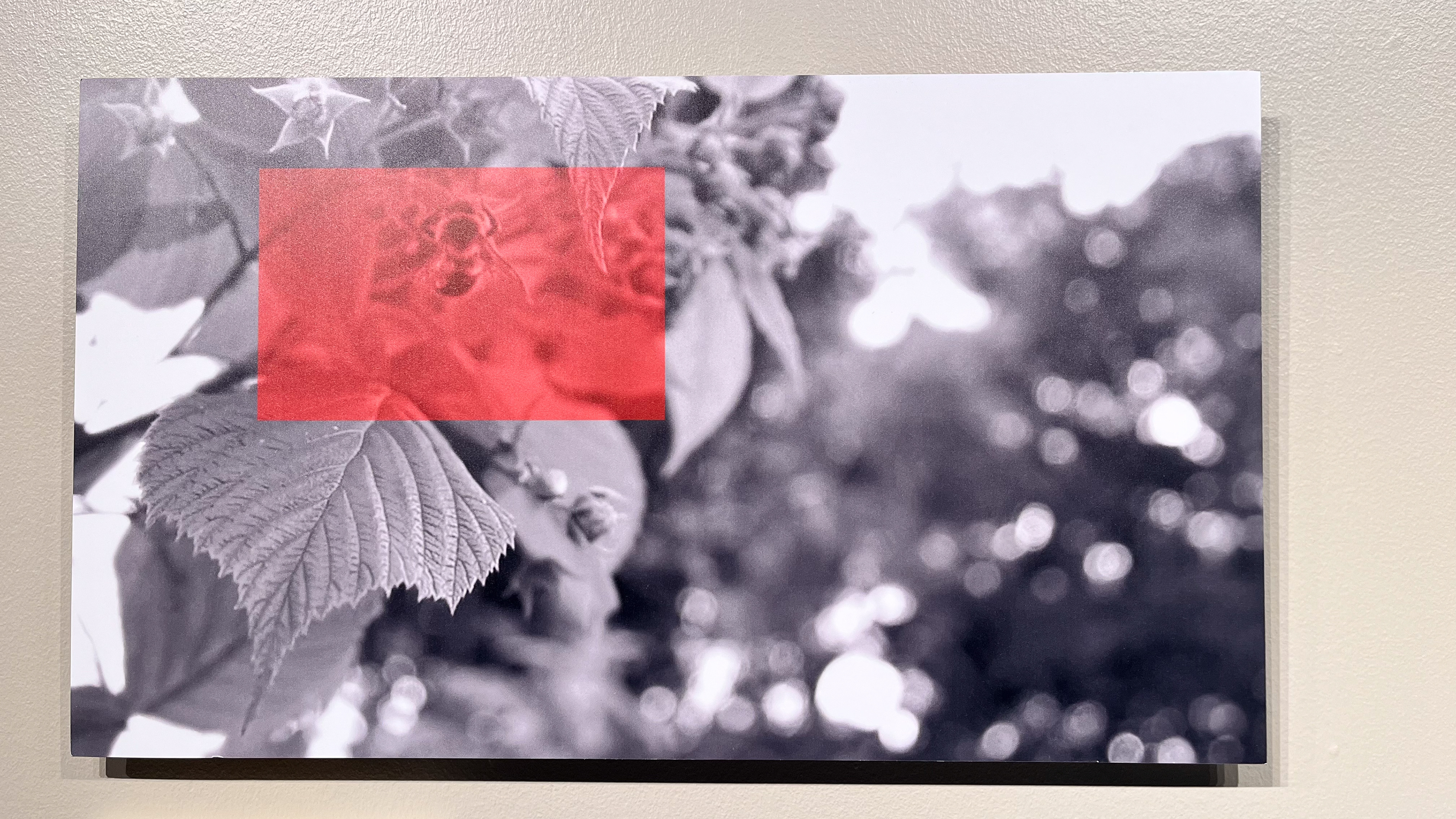





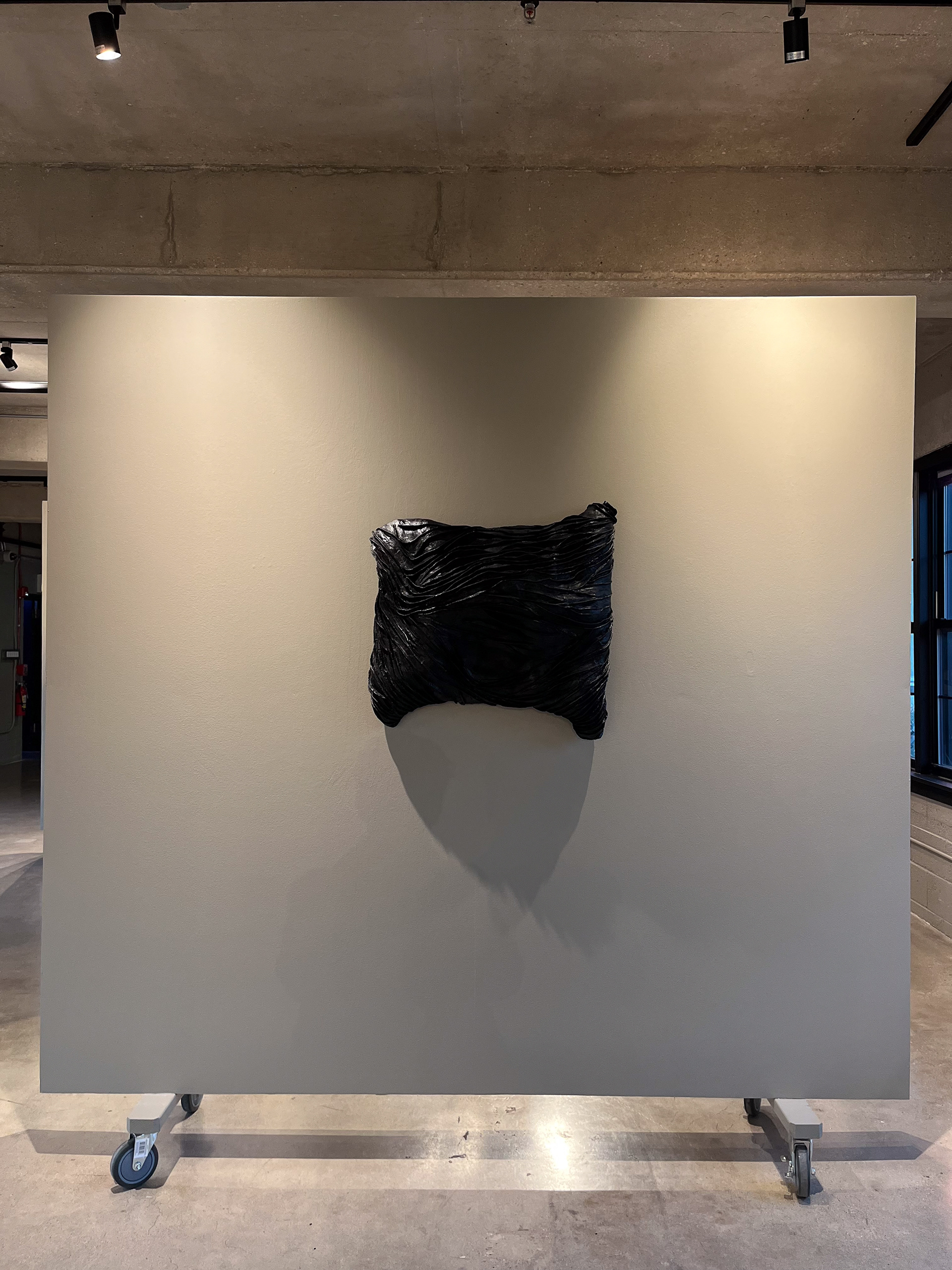





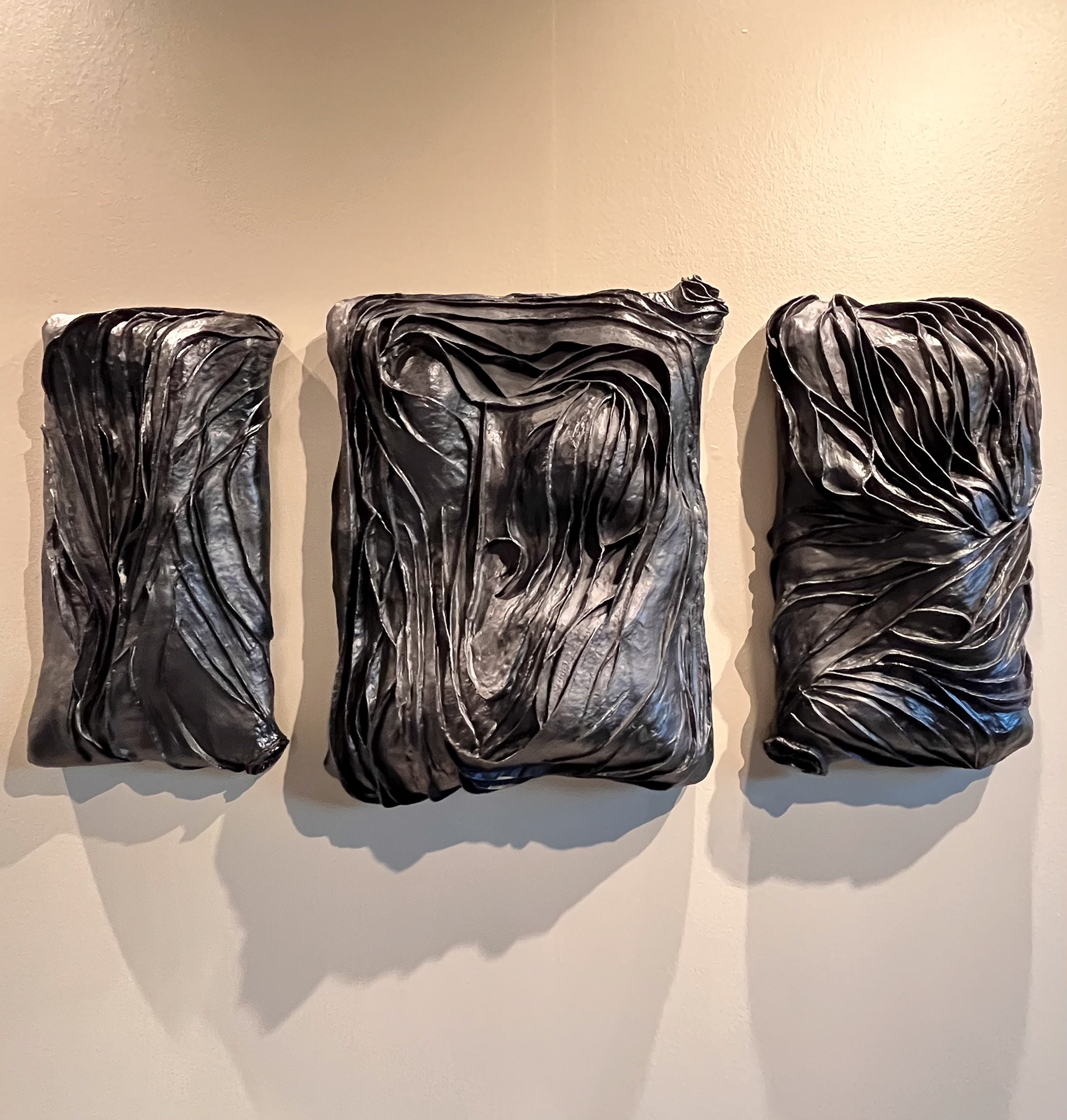








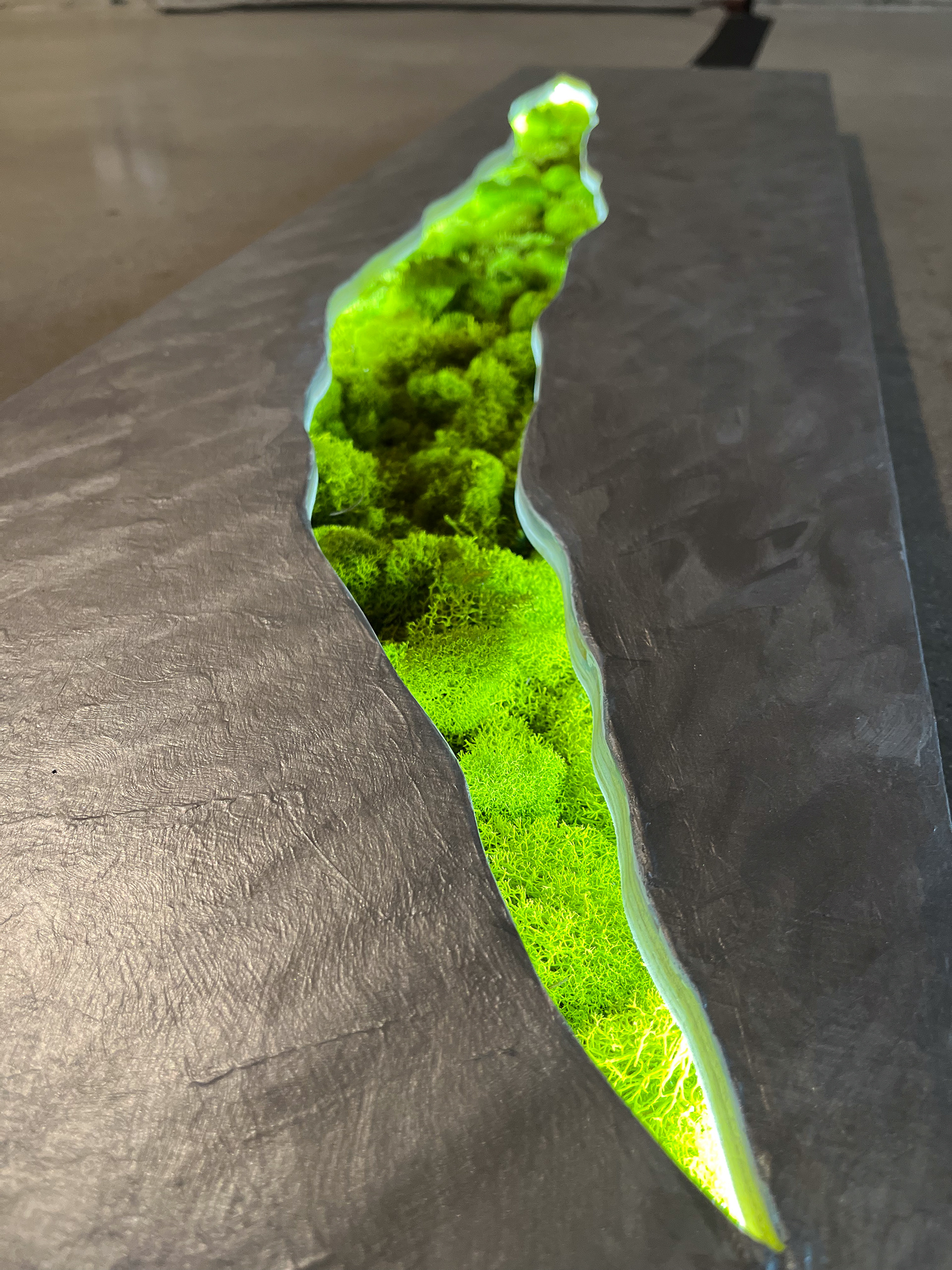


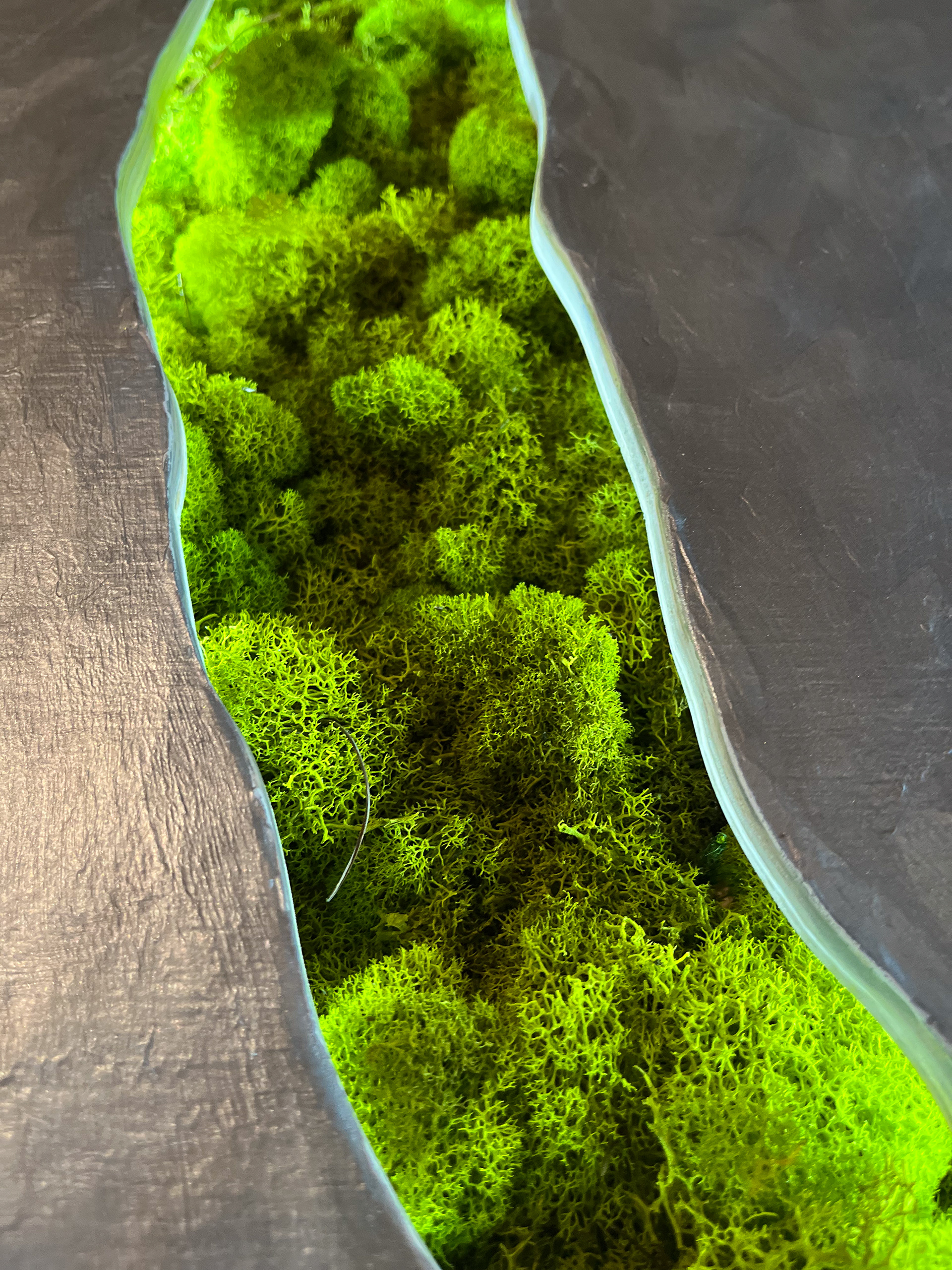

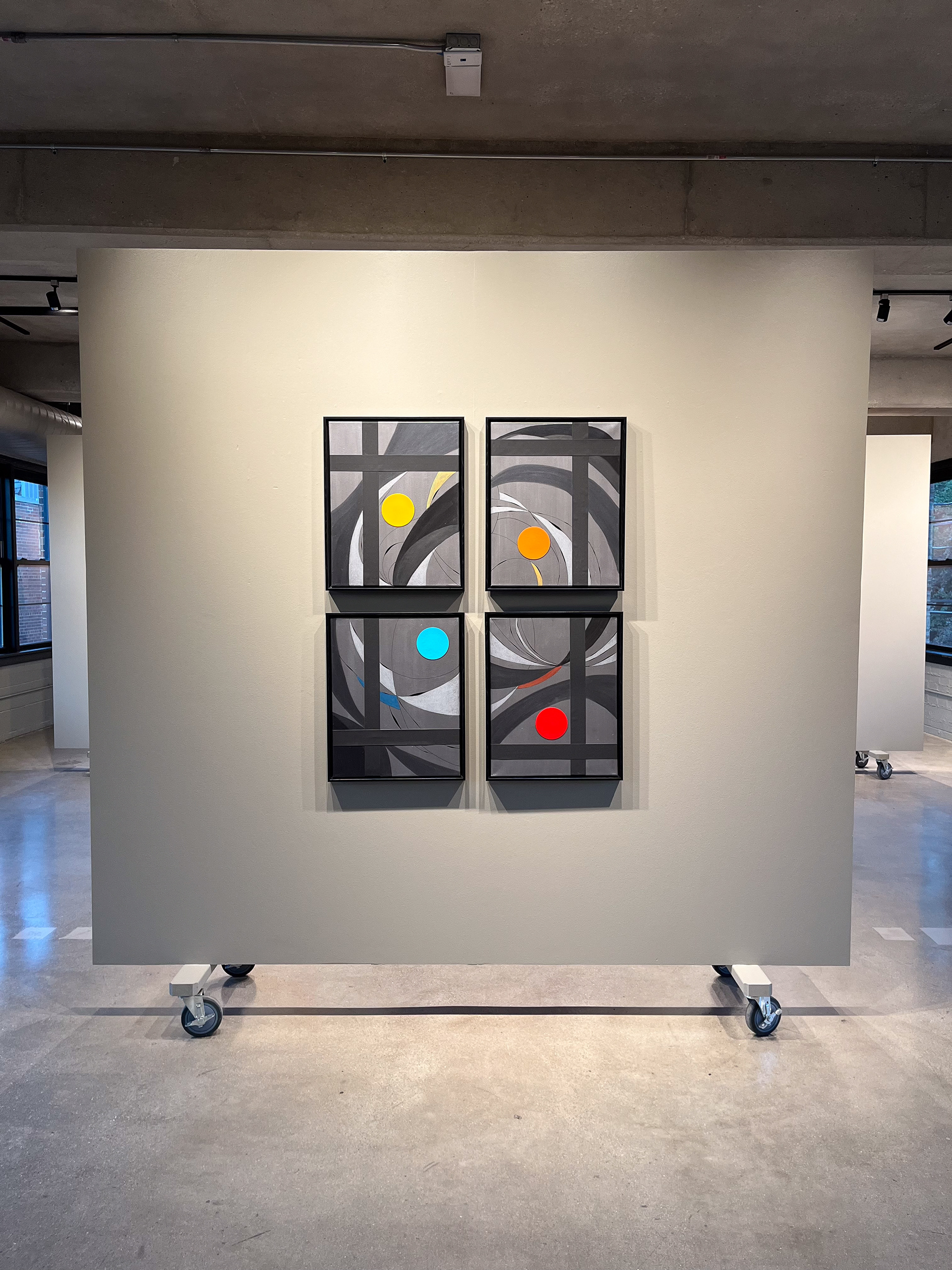

ROmeria (2024), duration 8:52, 4k b/w video
produced with the collaboration of Spanish artist alba Soto.
footage imagery recorded on location: Chicago (lake Michigan) and Spain (Mediterranean Sea). performers: alba Soto, Pia Cruzalegui.
This video forms part of the "Palo santo. Garua. Romeria." multimedia triptych
ART TALK 11/23/24
_________________________________________________________________________________________________________________




